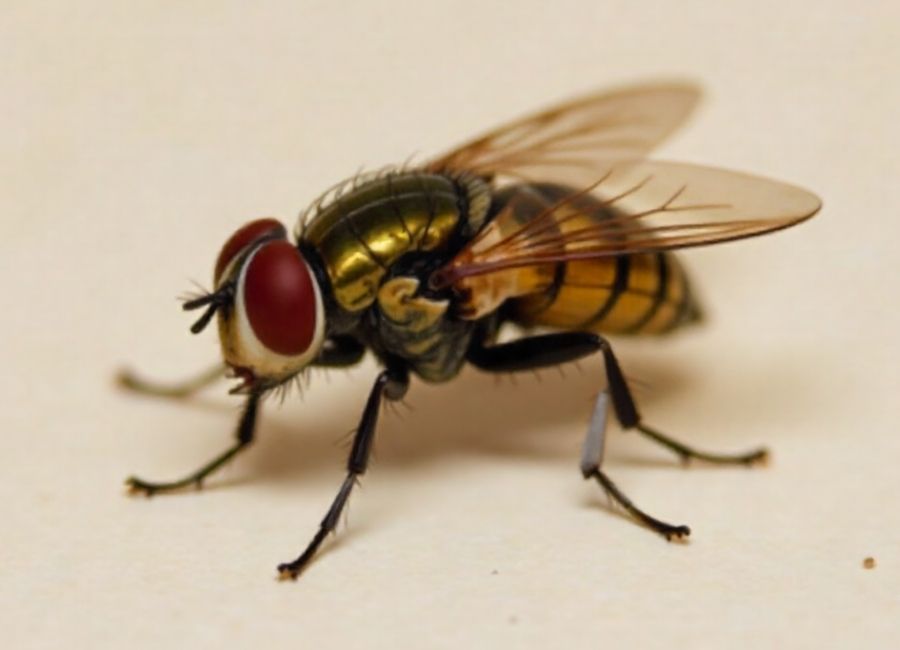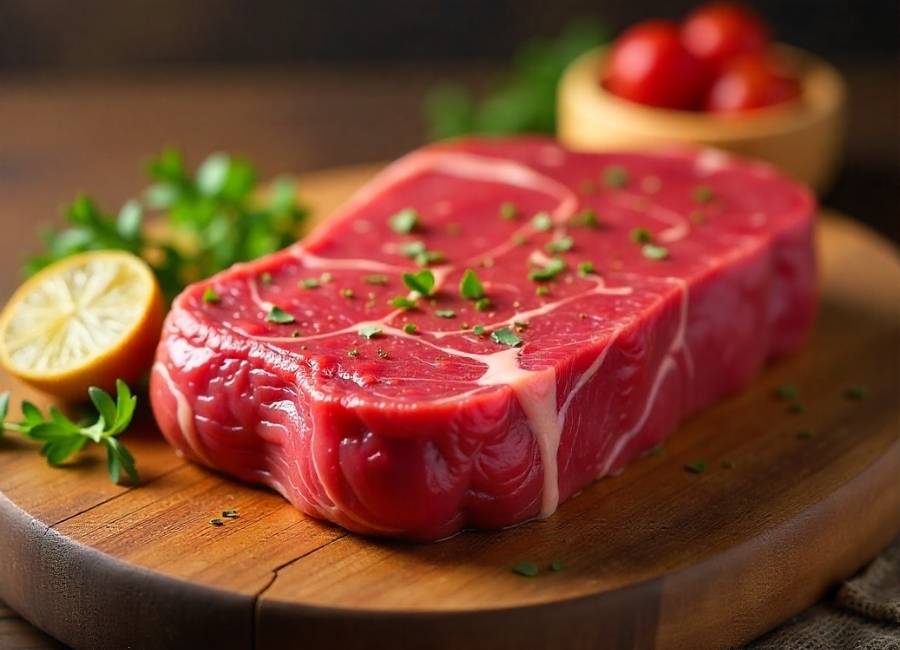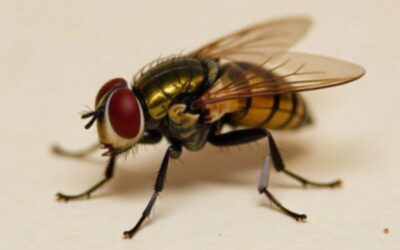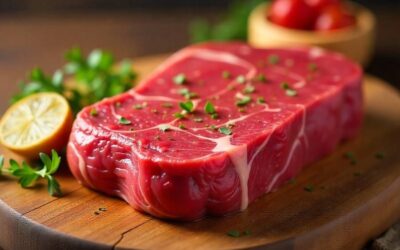Frying fish at Home can seem daunting. Plenty of us have dealt with sputtering oil, soggy breading, or fish that’s overcooked in the middle and underdone at the edges. After a messy, greasy kitchen and a few oil splatters, it’s easy to want to give up. But what if you could get that perfect golden crust and flaky inside every time?
With the right technique and a few key insights, you can master the art of frying fish. This guide will walk you through five essential tips that will transform your results, making greasy, unevenly cooked fish a thing of the past. Forget takeout—get ready to create restaurant-quality fried fish in your own kitchen.
Why Deep-Frying Beats Pan-Frying
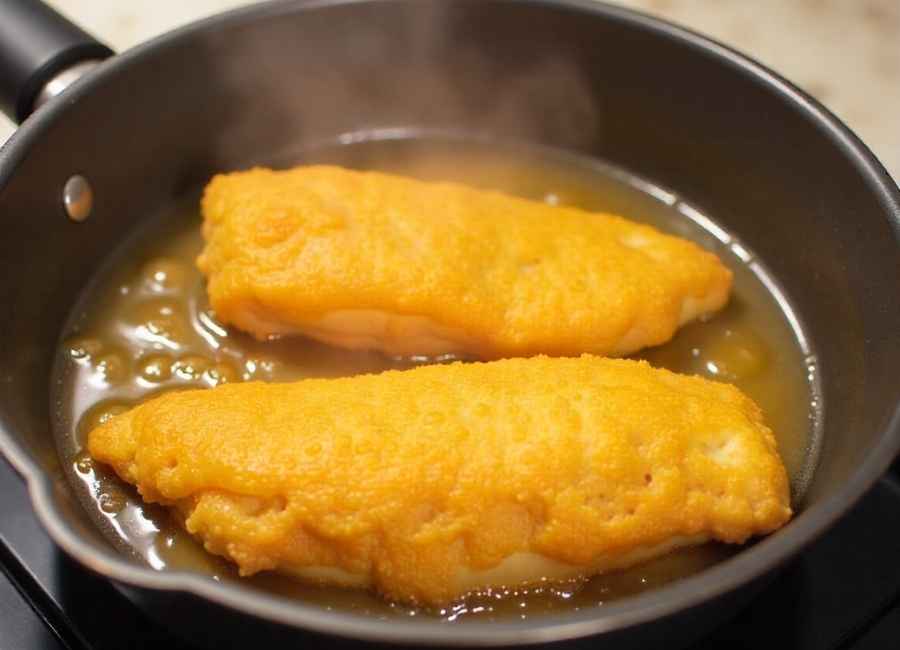
Before diving into the tips, it helps to know why deep-frying is often better for cooking fish. Many people pan-fry fillets, but this can make them greasy or overcooked. The center cooks too fast, while the edges stay underdone, causing the breading to soak up oil and fall off.
Deep-frying means the food is fully covered in hot oil. At first, moisture escapes from the fish, which keeps oil from soaking in. As long as steam is coming out, oil stays out. With pan-frying, you cook one side at a time, and after flipping, the cooked side starts to absorb oil, making the fish heavier and greasier.
Deep-fried foods are often seen as unhealthy, mostly because of the use of lard or other saturated fats. If you use vegetable oil and the right method, deep-frying can actually be a light and tasty way to cook. (What Is the Healthiest Oil for Deep Frying? The Crispy Truth, 2023)
Choose Your Frying Method
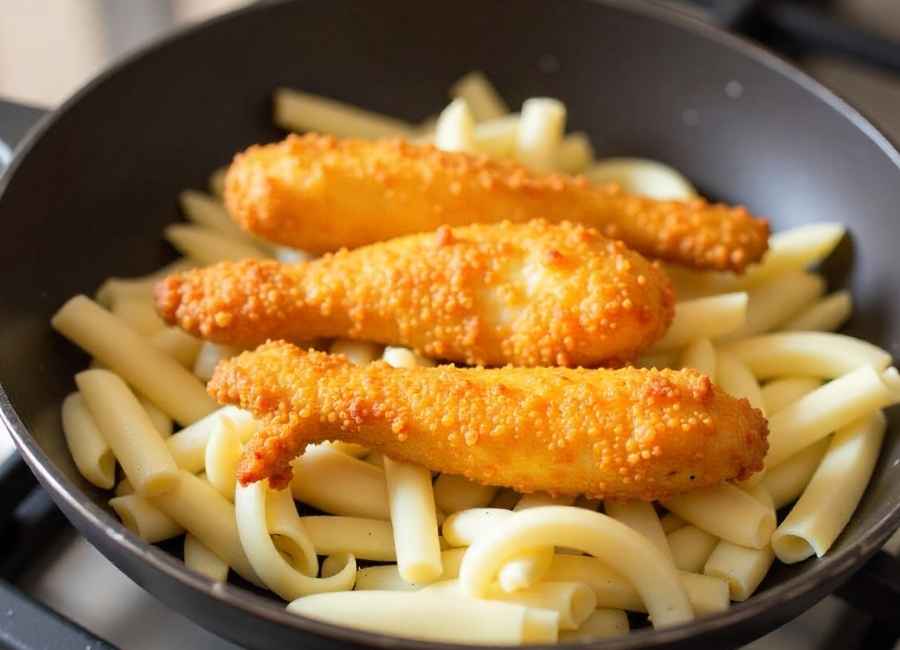
There are two main ways to deep-fry fish at Home, and each has its own pros and cons.
Stovetop Frying
You can use a heavy pot or a Dutch oven on your stovetop. If you choose this method, a good thermometer is non-negotiable for monitoring the oil temperature. While this approach can produce excellent results, it requires constant attention to maintain a steady temperature and can be quite messy.
Electric Fryer
A countertop electric fryer makes frying much easier and more consistent. It has a built-in thermostat that keeps the oil at the right temperature. When you add cold fish, the oil cools down, but the fryer quickly brings it back up, so your fish cooks evenly. You can find affordable models for about $25, making them a good investment for Home cooks. (9 Best Cheap Deep Fryers for Budget Cooking in 2025, 2025)
5 Essential Tips for Better Fried Fish

Follow these five tips to elevate your fish-frying game and achieve consistently delicious results.
1. Maintain the Right Oil Temperature
The single most crucial element for great fried fish is maintaining the correct oil temperature. For most seafood, the sweet spot is between 350°F and 375°F (175°C and 190°C). (Rose & Jack, 2025)
- For smaller, thinner pieces of fish, aim for the higher end of this range, around 375°F. This allows the exterior to get crispy quickly before the delicate interior overcooks. (Deep-Frying Fish: How Long Does It Take?, 2025)
- For thicker fillets, fry at a lower temperature, around 350°F. This gives the fish time to cook through without burning the outside. (Frying Fish to Perfection: A Comprehensive Guide to Temperature and Time, n.d.)
Keeping the oil temperature steady is important to avoid oily fish. If the oil is too cool, the fish will soak it up instead of frying properly.
2. Don’t Overcrowd the Fryer
It’s tempting to fry everything at once, but putting too much in the fryer is a common mistake that makes fish soggy. Too much food cools the oil down, and while it heats back up, your fish sits in warm oil.
To prevent this, fry in small batches. This keeps the oil hot and helps each piece cook quickly and get crispy. If you want to keep batches warm, preheat your oven to 300°F (150°C) and put a metal cookie sheet inside. (Hessong & Athena, n.d.) As each batch is done, move the fish to the oven for a few minutes before serving.
3. Salt at the End, Not in the Batter
While you want your fish to be well-seasoned, avoid adding too much salt. You want your fish to be well-seasoned, but don’t add too much salt to the flour or batter. It’s better to salt the fish right after it comes out of the fryer. It is with salt immediately. The residual heat and oil on the surface will help the salt adhere perfectly. For best results, use fine table salt, as its smaller crystals stick better to the hot surface than coarser kosher or sea salt.
4. Don’t Overcook Your Fish
Great fried fish should have a golden, crispy crust and a moist, flaky inside. Overcooking ruins this. When the fish is done, it stops releasing steam, and then the oil can start to soak in, making it greasy.
Fortunately, you can use your senses to know when the fish is ready.
Listen: When you add the fish, the oil will sizzle and bubble a lot. As it cooks, the bubbles get smaller and less frequent.
- Look: When the bubbling slows down and the sizzling gets quieter, the fish is done.
Most pieces of fish cook in three minutes or less, so stay nearby and keep an eye on them.
5. Skip the Paper Towels
What should you do with food right out of the fryer? If you usually put it on paper towels, you might want to reconsider. Paper towels soak up some oil, but they also trap steam under the food. This steam softens the crispy crust, making the bottom soggy and the coating more likely to fall off.
A better option is to use a metal wire rack. Putting the hot fish on a rack lets air move around it, so the bottom stays as crispy as the top, and extra oil can drip off without ruining the texture.
Enjoy Perfectly Fried Fish at Home
Mastering the art of frying fish isn’t about having the most expensive equipment or some secret ingredient. It’s about understanding the science. You don’t need fancy equipment or a secret ingredient to fry fish well. It’s about knowing how the process works and following a few key steps. By keeping the right temperature, frying in batches, and finishing at the right time, you can avoid soggy, greasy fish for good. You can have crispy, flaky fish right from your own kitchen.











